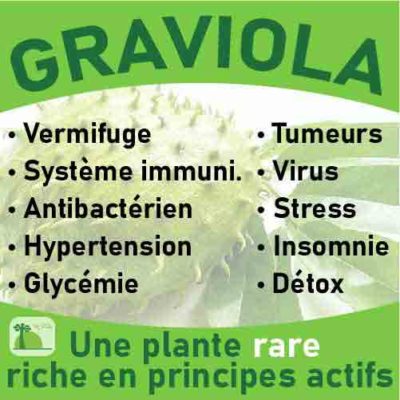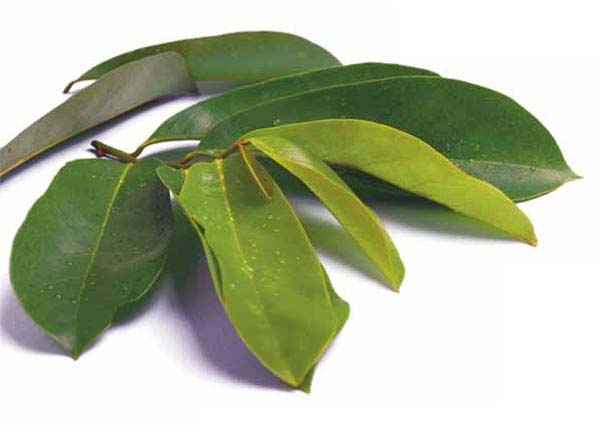
The louse is an insect parasitic on humans. Many mammals have lice, but they do not attack humans and vice versa. There are 3 species of lice in humans: head lice which lives in the hair and is common among school children. Another species, popularly called “tac-toe” lives on the pubes and is sexually transmitted. A third species lives on the bodies of hairy people and is called “body lice.”
Lice come from eggs called nits. These are whitish, almost translucent and are attached to the roots of the hair. They measure less than 1 mm and are difficult to detect. They hatch after a week and become nymphs which will continue to grow for 3 weeks. The louse is then adult and it lays between 8 and 10 eggs per day for 3 weeks before dying. Lice feed on blood by giving two bites per day.
It is important to get rid of lice quickly and rid your children of them. Given their rate of multiplication, the affected person is quickly affected and transmits it to those around them at home and at school. In primitive societies, delousing was a social rite. Then came the time of violent insecticides like DDT, malathion, lindane, today banned, even in agriculture. The trend today is towards insecticides based on natural products, extracted from pyrethrum, but which are not entirely safe.
Use of soursop in traditional medicine
This excellent study carried out by the University of Mexico lists the traditional uses of soursop around the world. Soursop is used as an antiparasitic in India, the leaves against lice in Malaysia, as an insecticide in Thailand., .
Professors Neela Badrie and Alexander G. Schauss conducted research on the composition, nutritional value, medicinal uses and toxicology of soursop. They report from the ethnobotanist Taylor that in Jamaica, Haiti and the French West Indies, the fruit and fruit juice is used against fevers, parasites and diarrhea and to produce milk. The bark and leaves are used as antispasmodics, sedatives, coughs, flu, difficult births, asthma, asthenia, hypertension and parasites.

A recipe
“Take whole soursop leaves, grind them (you will also find leaf powder on www.biologiquement.com). Apply these ground leaves to the head, in the hair. Leave to act for a few minutes. Then rinse with clean water. Repeat this operation once or twice a day until the lice have disappeared.
Translator's note: whatever the treatment, it must be continued for at least a week until all the eggs have hatched.
Scientific research in Thailand
The cinnamon apple, Annona Squamosa, is very close to the soursop, Annona Muricata. To confirm traditional knowledge, the Faculty of Pharmacy of Bangkok in Thailand has published two studies on the use of its seeds against lice:
The first study is a test on infested schoolgirls:
Various parts of the cinnamon apple have long been used in Thai folk medicine. The effectiveness of leaf or seed extracts of cinnamon apple against lice has been reported. The present study focuses on the effectiveness and stability of seed extract presented in the form of an ointment. An extract of seeds with petroleum ether was prepared and was incorporated at 20% into cream and then tested as an anti-lice on schoolgirls. After 3 hours of exposure to 20 g of freshly prepared cream, approximately 95% of the lice were killed. This mortality rate is higher than that of the anti-lice cream usually used. Another test was carried out with samples of this same cream stored for 12 months in a refrigerator, and other samples. The results were essentially the same as for the freshly prepared cream. This cream is not irritating to the skin of the neck and scalp, unlike the cream usually used, based on benzyl benzoate.
These results show that the petroleum ether extract of cinnamon apple seeds supplied in cream form is stable for at least 12 months. As such, it can be an alternative therapy against lice.
The second study focuses on the molecules of cinnamon apple that are deadly for lice:
The present study focuses on the research of active components against lice obtained by hexane extraction from the seeds of cinnamon apple, Annona Squamosa. Chromatography and spectroscopic techniques revealed the presence of oleic acid, and tri-glyceride comprising an oleate ester. Each of these substances was tested, in vitro, on lice, as well as the complete extract. The lice were killed in 49, 11 and 30 minutes. We can therefore think that it is the tri-glyceride containing an oleate ester which has the best effectiveness. The result of this study is useful for obtaining better quality anti-lice preparations from this plant.

bonjour, j’aimerais acheter de l’artemisia annua pour la prevention cancer des poumons .il faut apparemment le combine avec de fer.avez-vous la formule appropriee,car je veux la proposer aussi a deux des amis qui ont le cancer des poumons.je vous remercie de votre attention.
bien a vous carole (quebec,canada)
Bonjour,
Merci pour votre message, je vous conseil d’associer l’armoise annuelle à la poudre de fruit de baobab bio Baomix.
Ce fruit bio est très riche en fer, de plus, les aliments comme la poudre de fruit de baobab baomix contenant de la vitamine C aide l’organisme à l’absorption plus rapide du fer.
Bien à vous
David Hervy responsable de http://www.biologiquement.com